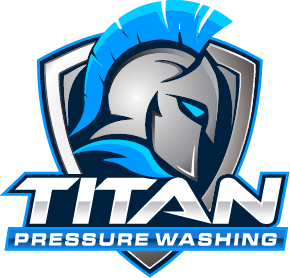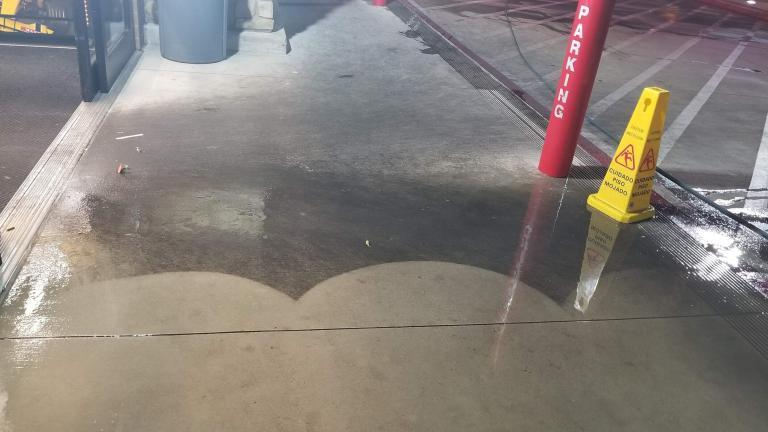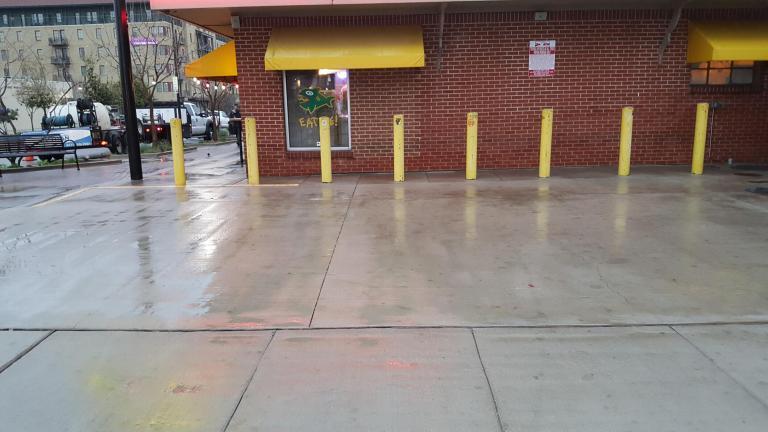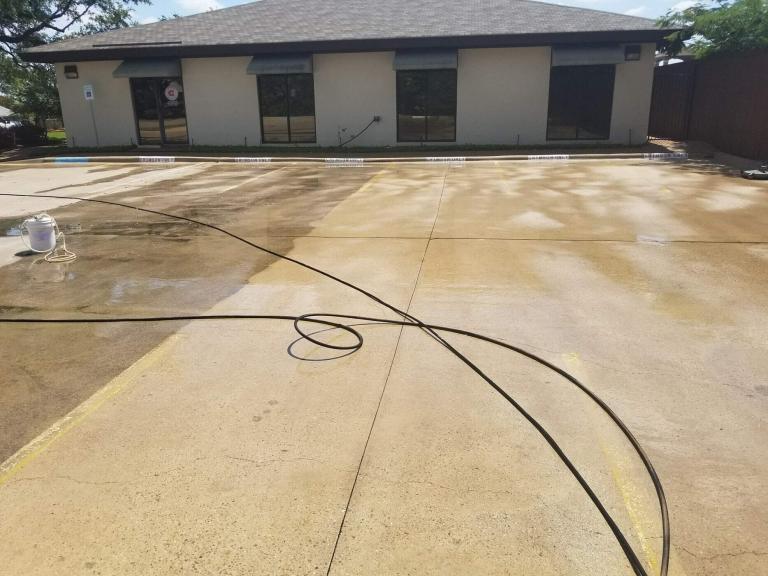Pressure Washing Your Home: Tips For A Thorough House Cleaning
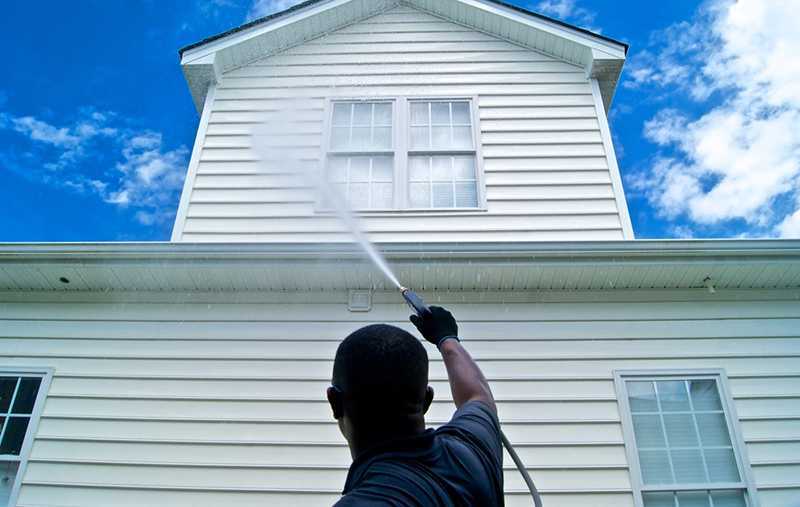
Pressure washing is a great way to keep your home looking its best. It not only enhances the visual appeal of your property but can also remove dirt, grime, and other debris that can accumulate over time. Pressure washing can also help prevent the buildup of mold, mildew, and other allergens in your home. With the right pressure washing techniques, you can ensure a thorough house cleaning and keep your home looking its best. In this article, we will discuss the different house washing techniques, the benefits of pressure washing, and safety tips to keep in mind when pressure washing your home.
House Washing Techniques
When it comes to washing your house, there are several different techniques to choose from. The most commonly used house washing techniques are pressure washing and soft washing. Depending on the type of surface you are cleaning, each technique will have its own set of advantages and disadvantages.
What is Pressure Washing?
Pressure washing is a technique that uses pressurized water to remove dirt, grime, and other debris from surfaces like patios, decks, and driveways. Pressure washing is often used on outdoor surfaces because it is a very effective way to remove tough stains and debris. Pressure washing works by using a pump to force water through a hose at high pressure. The pressure of the water is then used to blast away dirt and debris from the surface. It is important to note that pressure washing can be dangerous if not used properly. It is important to use the right equipment and detergents to ensure a safe and effective pressure washing job.
What is Soft Washing?
Soft washing is another technique that can be used to clean your home. Unlike pressure washing, soft washing uses a low-pressure sprayer to apply a solution of detergent to the surface. The detergent helps to loosen dirt and debris from the surface, making it easier to remove. Soft washing is often used on more delicate surfaces, such as siding, roofing, and stucco, as it is less likely to cause damage.
Benefits of House Washing
Pressure washing and soft washing both have their own set of benefits. Pressure washing is an effective way to remove dirt and debris from outdoor surfaces, while soft washing is ideal for more delicate surfaces. Both techniques are great for preventing the buildup of mold and mildew, which can cause health problems and damage to your home. House washing can also help to improve the visual appeal of your property by removing dirt, grime, and other debris.
Preparing Your Home for Being Washed
Before you start pressure washing or soft washing your home, it is important to prepare your home for the job. The first step is to make sure that you have the right equipment and detergents. You will also need to make sure that the area you are cleaning is free from obstacles such as furniture and other items that could be damaged by the pressure of the water. It is also important to protect any plants or landscaping near the area you are cleaning.
Pressure Washing Safety Tips
Pressure washing can be dangerous if not done properly. It is important to follow a few safety tips to ensure a safe and effective cleaning job. First, make sure to use the right pressure setting for the job. Too much pressure can cause damage to your home and can even be dangerous if not used correctly. It is also important to wear protective gear when using a pressure washer. This includes protective eyewear, gloves, and long pants and sleeves. This will help to protect you from any splashes or debris that could be caused by the pressure washer. Finally, make sure to keep the pressure washer away from electrical outlets and other areas that could be damaged by the pressure of the water.
Pressure Washing Tools
To properly pressure wash your home, you will need the right tools. The most important tool is a pressure washer. Pressure washers come in a variety of sizes and can be used for both pressure washing and soft washing. You will also need a pressure washer hose and nozzle for the job. You will also need a variety of detergents and cleaners for the job. For pressure washing, you will need a detergent specifically designed for pressure washing. For soft washing, you will need a detergent that is designed for soft washing. Make sure to read the directions on the detergent to ensure that you are using the right product for the job.
Pressure Washing Pressure Settings
When using a pressure washer, it is important to use the right pressure setting for the job. Too much pressure can cause damage to your home and can even be dangerous if not used correctly. For pressure washing, you should set the pressure to between 2,000 and 3,000 PSI depending on the surface being washed. For soft washing, you should set the pressure to between 75 and 250 PSI.
Pressure Washing Aftercare
After pressure washing your home, there are a few steps you can take to ensure that the job is done properly. First, make sure to rinse off any detergent residue from the area you are cleaning. You should also apply a sealant to any wood surfaces that have been pressure washed to help protect them from water damage. Likewise, any limestone or concrete areas can be sealed to help prevent stains and organic growth from settling in the pores. Finally, make sure to inspect the area to make sure that all dirt and debris have been removed.
Conclusion
Pressure washing is a great way to keep your home looking its best. With the right equipment and detergents, you can ensure a thorough house cleaning and keep your home looking its best. Before starting the job, it is important to prepare your home for the job and make sure that you are using the right pressure setting for the job. Additionally, make sure to follow safety tips to ensure a safe and effective cleaning job. If you’re looking for professional help with your pressure washing needs, give us a call today to schedule your free estimate. Our experienced team of professionals will be more than happy to help you get the job done right.
